Pasta
about Pasta: click here to read more
The history of noodles and pasta is fascinating and intertwined with the development of various cultures across the world. Noodles, in their earliest form, date back over 4,000 years and are believed to have originated in China. The earliest known evidence of noodles comes from a 4,000-year-old archaeological site in Lajia, China, where strands of noodles made from millet were discovered.
These early Chinese noodles were likely made from wheat or rice flour and were an important part of Chinese cuisine, evolving into the wide variety of noodle types we know today, such as ramen, chow mein, and rice noodles.
Meanwhile, in Italy, pasta has a more complex and somewhat debated history. It's often said that pasta was introduced to Italy by the Arabs during their conquest of Sicily in the 9th century, where they brought with them dried pasta in the form of itrya, a type of noodle.
However, there are references to pasta-like dishes in ancient Roman times, with lagane, a flat, wide dough, mentioned in texts. This suggests that the concept of pasta may have already existed in the Roman Empire, but it wasn’t until much later, in the Middle Ages, that it began to resemble modern pasta.
By the 12th century, pasta as we know it—made from durum wheat and water, then dried to preserve it—started gaining popularity in southern Italy, particularly in Sicily and Naples.
The drying process was especially important, as it allowed pasta to be stored for long periods and transported across regions. During this time, pasta was often served with simple olive oil, herbs, or vegetables, as tomatoes had not yet been introduced to Europe.
In the 14th and 15th centuries, as trade routes expanded, tomatoes were brought from the Americas to Europe, and Italian cuisine began to develop its signature pasta-tomato sauce combination.
Pasta continued to evolve through the centuries, with different regions of Italy creating their own unique varieties, such as spaghetti, penne, fettuccine, and tortellini.
The 19th century marked a significant turning point for pasta production. With the advent of industrialization and the introduction of machines for rolling and cutting dough, pasta production became much more efficient, making it widely accessible. It became a staple food in Italy and was also brought to the United States by Italian immigrants in the late 19th and early 20th centuries.
-
Rustichella Orzo Dried Pasta
Regular price $7.95 USDRegular priceUnit price / per$0.00 USDSale price $7.95 USD -
Rustichella Chitarra Pasta
Regular price $8.95 USDRegular priceUnit price / per$0.00 USDSale price $8.95 USD -
Sabatelli Orecchiette Dried Pasta
Regular price $8.95 USDRegular priceUnit price / per -

 Restocking - choose Notify me
Restocking - choose Notify meGentile Organic Penne Pasta
Regular price $10.95 USDRegular priceUnit price / per$0.00 USDSale price $10.95 USDRestocking - choose Notify me -

 Restocking - choose Notify me
Restocking - choose Notify meFarabella Gluten Free Conchiglie Pasta
Regular price $7.95 USDRegular priceUnit price / per$0.00 USDSale price $7.95 USDRestocking - choose Notify me -

 Restocking - choose Notify me
Restocking - choose Notify meOrganic 100% Buckwheat Soba Noodles
Regular price $8.95 USDRegular priceUnit price / per$0.00 USDSale price $8.95 USDRestocking - choose Notify me -

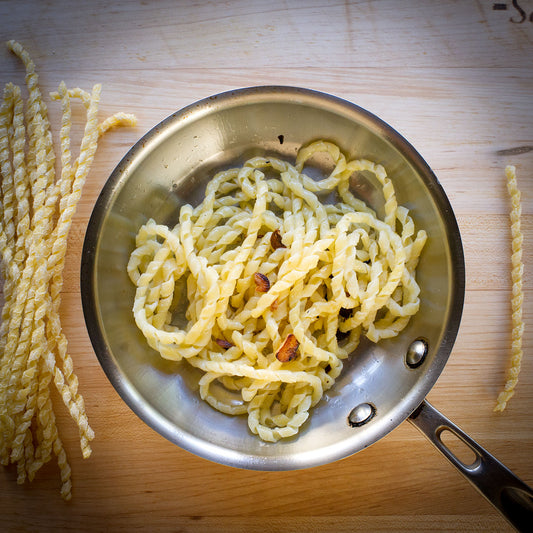 Restocking - choose Notify me
Restocking - choose Notify meMaestri Pastai Fusilli Napoletani Lunghi
Regular price $8.95 USDRegular priceUnit price / per$0.00 USDSale price $8.95 USDRestocking - choose Notify me -

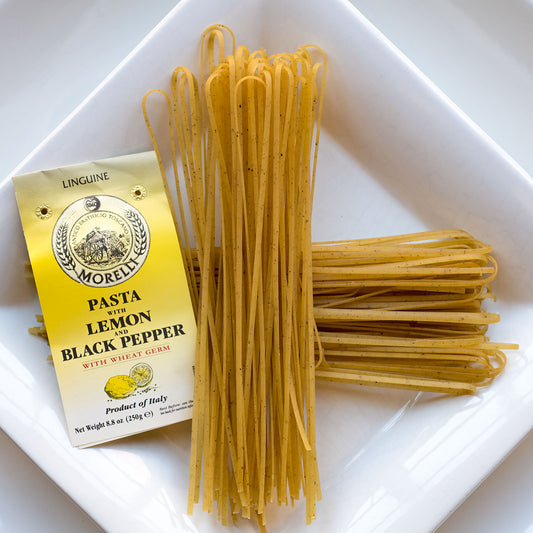 Restocking - choose Notify me
Restocking - choose Notify meMorelli Linguine Pasta with Lemon and Black Pepper
Regular price $10.95 USDRegular priceUnit price / per$0.00 USDSale price $10.95 USDRestocking - choose Notify me -

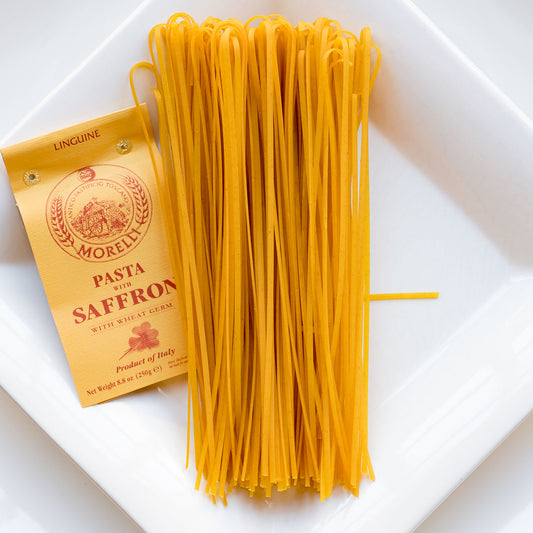 Restocking - choose Notify me
Restocking - choose Notify meLinguine with Saffron Morelli Wheat Germ Pasta
Regular price $11.95 USDRegular priceUnit price / per$0.00 USDSale price $11.95 USDRestocking - choose Notify me -

 Restocking - choose Notify me
Restocking - choose Notify meRustichella Capellini Pasta
Regular price $9.95 USDRegular priceUnit price / per$0.00 USDSale price $9.95 USDRestocking - choose Notify me -

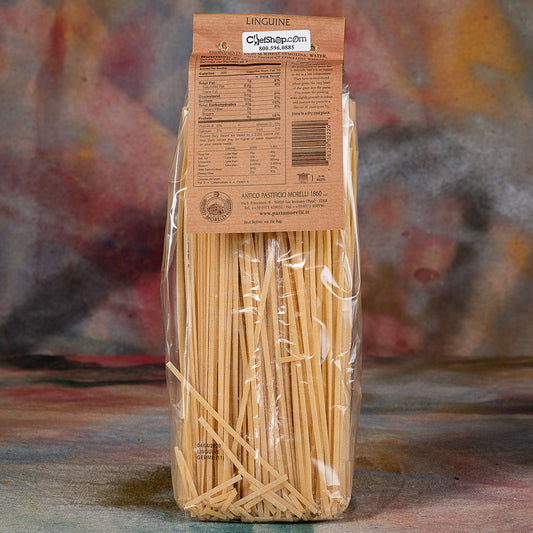 Restocking - choose Notify me
Restocking - choose Notify meMorelli Linguine with Wheat Germ Pasta
Regular price $11.55 USDRegular priceUnit price / per$0.00 USDSale price $11.55 USDRestocking - choose Notify me -

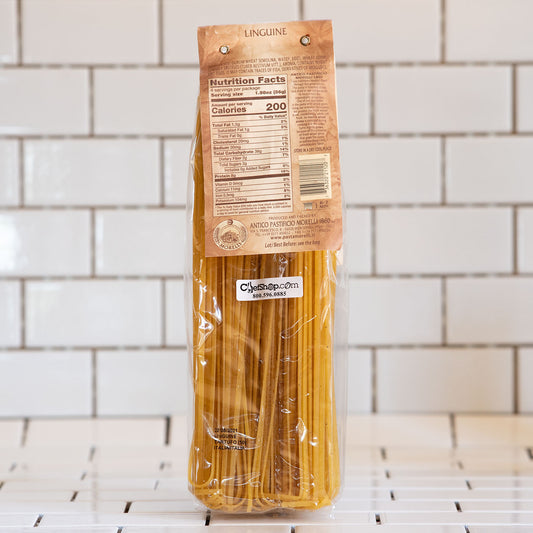 Restocking - choose Notify me
Restocking - choose Notify meMorelli Wheat Germ Tagliolini Pasta with Truffle
Regular price $11.95 USDRegular priceUnit price / per$0.00 USDSale price $11.95 USDRestocking - choose Notify me -
 Restocking - choose Notify me
Restocking - choose Notify meMartelli Penne Pasta
Regular price $10.95 USDRegular priceUnit price / per$0.00 USDSale price $10.95 USDRestocking - choose Notify me -

 Restocking - choose Notify me
Restocking - choose Notify meBusiate Durum Wheat Semolina Organic Italian Pasta
Regular price $10.95 USDRegular priceUnit price / per$0.00 USDSale price $10.95 USDRestocking - choose Notify me -

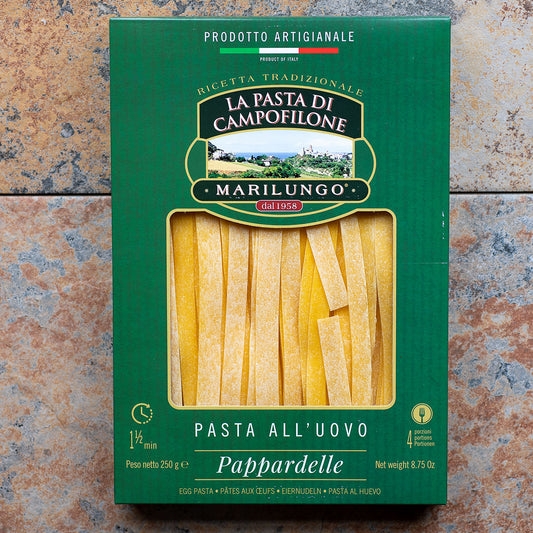 Restocking - choose Notify me
Restocking - choose Notify meMarilungo Campofilone Pappardelle Egg Pasta
Regular price $10.95 USDRegular priceUnit price / per$0.00 USDSale price $10.95 USDRestocking - choose Notify me -

 Restocking - choose Notify me
Restocking - choose Notify meLa Pasta di Campofilone Marilungo Campofilone Fettuccine Egg Pasta
Regular price $10.95 USDRegular priceUnit price / per$0.00 USDSale price $10.95 USDRestocking - choose Notify me -

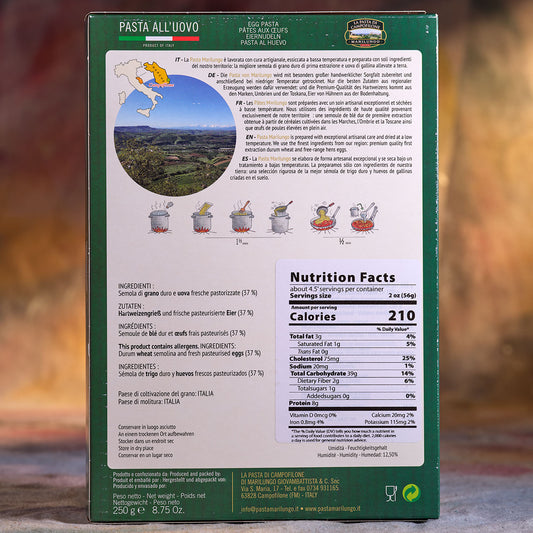 Restocking - choose Notify me
Restocking - choose Notify meMarilungo Campofilone Maccheroncini Egg Pasta
Regular price $10.95 USDRegular priceUnit price / per$0.00 USDSale price $10.95 USDRestocking - choose Notify me -

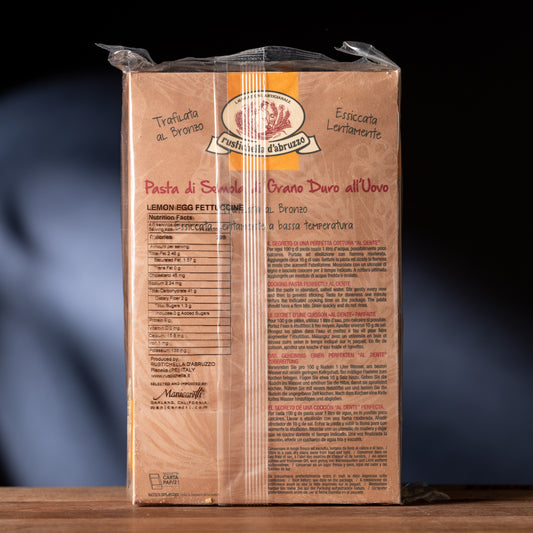 Restocking - choose Notify me
Restocking - choose Notify meRustichella d'Abruzzo Egg Fettuccine with Lemon
Regular price $9.95 USDRegular priceUnit price / per$0.00 USDSale price $9.95 USDRestocking - choose Notify me -
 Restocking - choose Notify me
Restocking - choose Notify meCasa Del Grano Traditional Malloreddus Pasta
Regular price $9.95 USDRegular priceUnit price / per$0.00 USDSale price $9.95 USDRestocking - choose Notify me -

 Restocking - choose Notify me
Restocking - choose Notify meFarabella Gluten Free Penne Rigate Pasta
Regular price $7.95 USDRegular priceUnit price / per$0.00 USDSale price $7.95 USDRestocking - choose Notify me -
Restocking - choose Notify me
Farabella Gluten Free Farfalle Pasta
Regular price $7.55 USDRegular priceUnit price / per -
 Restocking - choose Notify me
Restocking - choose Notify meBigoli Nobili (Sgambaro) Radicchio Pasta
Regular price $11.95 USDRegular priceUnit price / per$0.00 USDSale price $11.95 USDRestocking - choose Notify me -

 Restocking - choose Notify me
Restocking - choose Notify meCasa Del Grano Traditional Pastina Soup Pasta
Regular price $6.95 USDRegular priceUnit price / per$0.00 USDSale price $6.95 USDRestocking - choose Notify me -

 Restocking - choose Notify me
Restocking - choose Notify meLinguine with Squid Ink Morelli Wheat Germ Pasta
Regular price $9.55 USDRegular priceUnit price / per$0.00 USDSale price $9.55 USDRestocking - choose Notify me





































